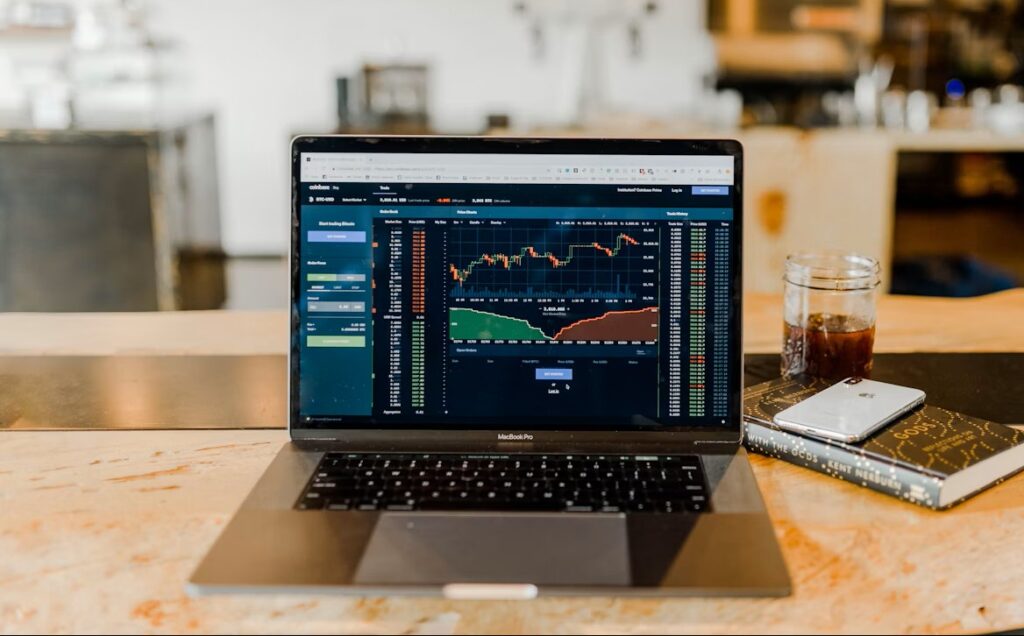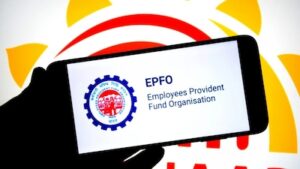What Drives Good Returns in Actively Managed Equity Funds?

What Drives Good Returns in Actively Managed Equity Funds?
Every investor wants to see their money grow over time. But the truth is, not all funds perform the same way. Passive funds usually carry lower risk, but they also tend to offer lower returns.
Actively managed equity funds, on the other hand, aim for higher returns by relying on the skills of fund managers who pick stocks and make decisions to beat the market. Of course, this comes with moderate to high risk.
So, what really drives these good returns in actively managed funds? Let us break down the key factors that make these funds stand out.
Key Factors That Drive Returns in Actively Managed Equity Funds
Actively managed equity funds are well-known for their performance and returns. But there are certain factors due to which these equity funds are able to generate good returns consistently. These include:
1. Fund Manager Skill and Experience
This is one of the primary reasons why active funds perform well. These are managed by an expert fund manager who consistently keeps a check on the portfolio. They perform research and make changes in the portfolio combination to ensure a focused approach to investing. This avoids wrong picks or losses.
For example, funds like Mirae Asset Largecap Fund have performed well due to strong management and stock-picking skills.
2. Investment Strategy and Process
Active managed funds focus on a strategic approach. This involves picking the right stock at the right time. Fund managers study companies deeply and adjust their portfolios based on market changes.
They also monitor and rebalance their holdings regularly to manage risks and capture growth opportunities. This flexibility gives them an edge over passive funds that simply follow an index.
3. Costs and Expenses
Expenses play an important role in returns. Funds with a low expense ratio allow investors to get the maximum from their investments. High management fees and frequent buying and selling can reduce net returns over time.
There is no doubt that active funds have a comparatively high cost. But they use a balanced approach. This helps to deliver better long-term returns.
4. Patience and Investment Horizon
No matter which fund you invest in, there will be some time before you get good returns. This is why most of the active funds come with a minimum investment period of six months.
When you stay invested for the long run, you gain high potential for better returns. In fact. Even if there is an underperformance in the short run, the manager can help improve if you stay invested with patience.
5. Fund Size and Cash Flows
The size of the fund impacts its performance. Very large funds may find it difficult to invest in smaller high-growth stocks due to liquidity limits, while very small funds may lack research resources.
A balanced fund size with stable investor cash flows helps in maintaining the portfolio efficiently and executing strategies without disruption.
6. Market Environment and Economic Conditions
Actively managed funds often do better in volatile or uncertain markets. Managers can identify opportunities that passive funds miss and avoid stocks that may be overvalued. They also keep an eye on economic cycles, interest rates, and sector trends to position the portfolio accordingly.
7. Risk Management
Good returns are not just about growth; they are also about protecting against losses. Effective risk management through proper diversification, avoiding overvalued stocks, and sizing positions well helps maintain stable returns even during market downturns.
Conclusion
Actively managed equity funds can offer better returns than passive funds, but this depends on several factors. Proper fund management and planning are the keys among them. But when you are planning to invest in any equity fund, it’s important that you understand your investing goal.
Knowing this, in addition to the drivers, can help you not just invest properly but also earn higher returns. So, use this to make informed choices and build a stronger, more balanced investment portfolio.












